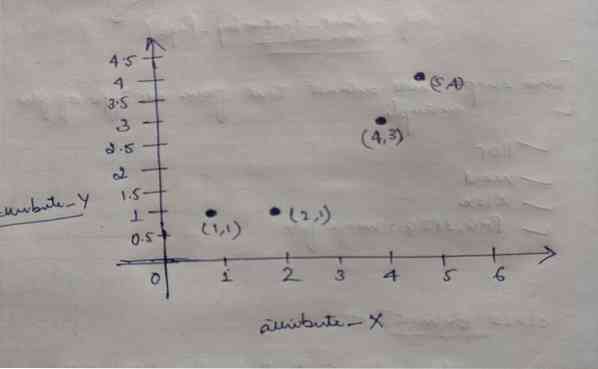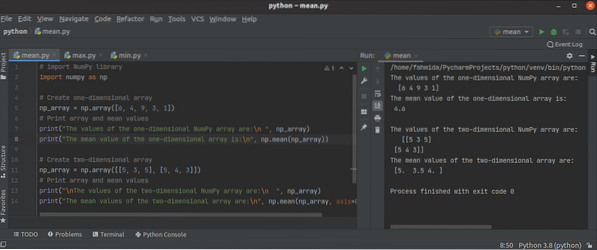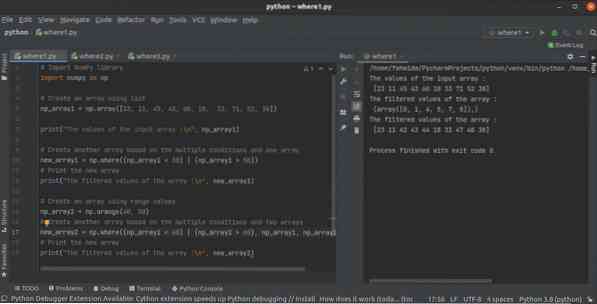Știința datelor
Regresie logistică în Python
Regresia logistică este un algoritm de clasificare a învățării automate. Regresia logistică este, de asemenea, similară cu regresia liniară. Dar difer...
K-Means Clustering
The code for this blog, along with the dataset, is available at the following link https://github.com/shekharpandey89/k-means K-Means clustering is an...
Cum se creează un tabel pivot în Pandas Python
În python-ul panda, tabelul pivot cuprinde sume, numărări sau funcții de agregare derivate dintr-un tabel de date. Funcțiile de agregare pot fi utiliz...
How to Create Pandas DataFrame in Python?
Pandas DataFrame is a 2D (two dimensional) annotated data structure in which data is aligned in the tabular form with different rows and columns. For ...
How to use Python NumPy mean(), min() and max() functions?
Python NumPy library has many aggregate or statistical functions for doing different types of tasks with the one-dimensional or multi-dimensional arra...
How to use python NumPy where() function with multiple conditions
NumPy library has many functions to create the array in python. where() function is one of them to create an array from another NumPy array based on o...
Python NumPy histogram() tutorial
A histogram is a mapping of intervals to frequencies. It is used to approximate the probability density function of the particular variable. It is kno...
Cum se utilizează funcția Python NumPy unique ()
Biblioteca NumPy este utilizată în python pentru a crea una sau mai multe matrice dimensionale și are multe funcții pentru a lucra cu matricea. Funcți...
Cum se utilizează funcția Python NumPy Random?
Când valoarea numărului se modifică în fiecare execuție a scriptului, atunci acel număr se numește număr aleatoriu. Numerele aleatorii sunt utilizate ...
 Phenquestions
Phenquestions











